Hundreds from Maboneng community experience art over the weekend as performances are taken off theatre stages into the streets
By Edward Tsumele, CITYLIFE/ARTS Editor
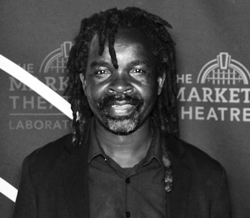
When I arrived at Arts on Main’s entrance in Maboneng On Sunday, October 22, 2023, walking fast and looking really like someone in a hurry to catch a soon to depart plane, a security guard I know stopped me and asked: “Sorry, how can we help you. ” It was then that I realised that I did not even greet him. “I am rushing to The Centre for Less Good Idea.” I answered and immediately made a quick move into this famous Maboneng Arts hub, a home to art studios, theatre rehearsal spaces and a lounge that sometimes operates as an art gallery.
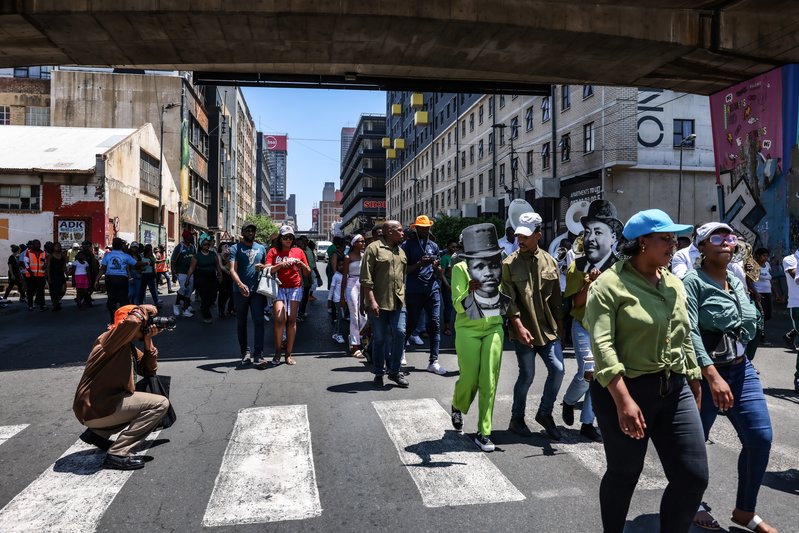
“They have just left you behind and have gone that way along Fox Street as the parade will start at 11am,”he said. Pointed me in the direction of Fox Street towards the east. I ran along the street, passing people I know on that street without greeting.
There was simply no time for niceties for me. After passing Bertrand Restaurant along the street, I saw what looked like a procession of people going in the same direction. I was encouraged. By the time I passed Curiosity Back Packer, I saw a crowd at corner Fox and an obscure street, whose name for years that I lived in Maboneng, I did not even bother to know its name. The crowd were clearly watching a performance that was about to start. I was excited that I caught the action of the parade just as it was about to start.
Indeed a group of eight isicathamiya performers, seven wearing green shirts, black trousers and brown shoes with a white strip around them, and the other member who turned out to be their leader and conductor wearing instead of brown shoes, black shoes with a white strip.
The hierarchy of this isicathamiya group was defined. I pushed my way through the crowd and went straight to the front to be in a vantage point where I was not going to be obstructed as I wanted to have a full view of the performance that was clearly about to start. I looked around the crowd and realised that a good number were from the surrounding communities surrounding Maboneng, mostly people who must have come from the hostels that are around this area.
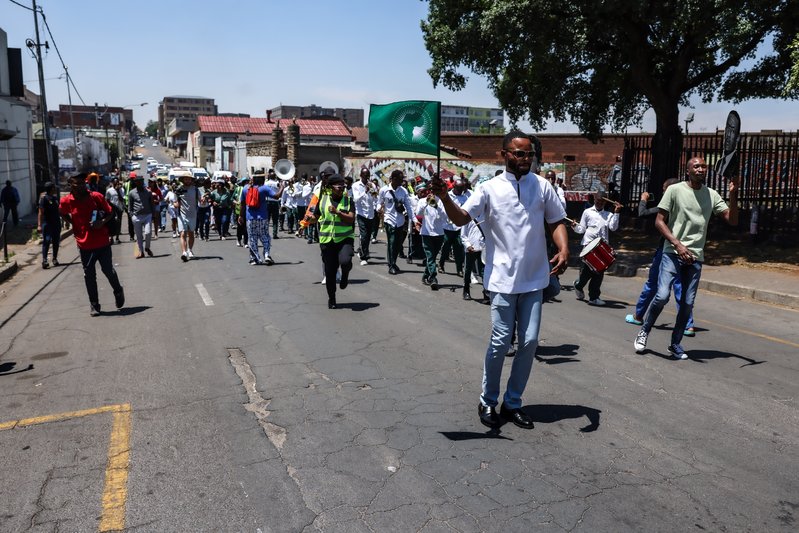
Some were from the restaurants who stopped what they were doing to catch the action. There were also faces of white people that were part of the crowd, clearly tourists as I could hear some of them converse in foreign languages. I also saw familiar faces that included Haylegh Evans of PopArt, who these days works closely with The Centre for Less Good Idea. Shortly after I also could recognise the face of Bronwyn Lace, the co-founder of The Centre for Less Good Idea with world renowned multi-disciplinary South African artist William Kentridge.
There was also a clutch of photographers who were busy preparing to capture the action. I could recognise immediately The Centre for Less Good Idea’s resident photographer Zivanai Matangi among them. The mood was as vibrant as expectant among the audience. Soon we were left impressed by the isicathamiya group’s performance of their four songs, one of which was about AIDS and HIV. The crowd applauded, giving the group a thumps up.
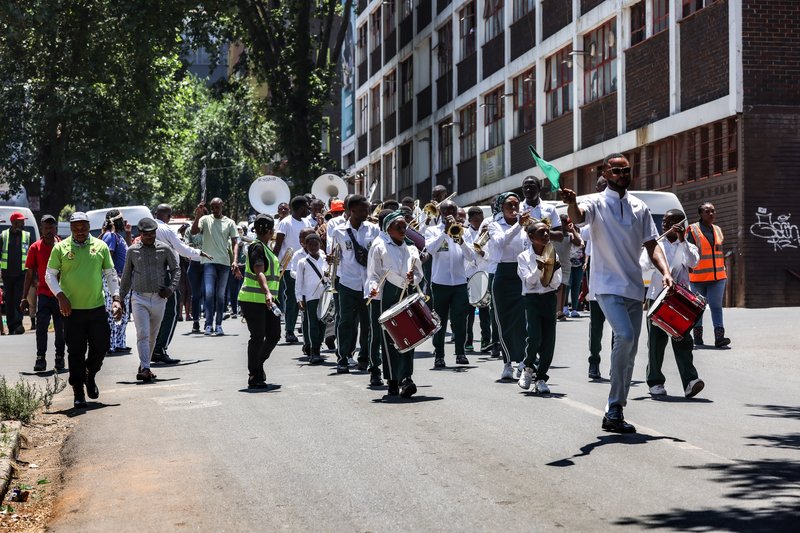
Members of the community would have well connected with the isicathamiya songs as this music was first performed by migrant workers who came to Johannesburg to work in the mines and who lived in the very same hostels from where part of the crowd would have come from. Isicathamiya is still very popular in hostels till this day, which since democracy have been transformed into family units. Maboneng is surrounded by a number of such hostels. The audience warmed up to the group’s rendition, and I could see how the audience also performed along, including the tourists.
When the isicathamiya group completed their set, it was time for a choral group to take over the ‘stage’. They too sung familiar choral pieces that connected easily with the audience. When they wrapped up their performance with a well know wedding song, a security guard who was standing next to me could not hold himself back anymore. “Tjo. They must come to perform at my wedding,” he shouted. “You must first of all propose to the woman,” I responded. He simply smiled and carried on, immersing his senses into the song.
When the choral outfit was done, it was time for the brass band to take centre stage. Neatly clad in white shirts, green trousers and black shoes with a white strip around them, with a meticulous conductor, the band, whose ages ranged from those as young as five to those who have clearly reached retirement age, started performing. We all watched and listened in owe. They then led us in a procession, first on the obscure street whose name I only knew on Sunday as a helpful traffic officer from the Johannesburg Metropolitan Police googled it and informed me that it was called Mcintyer. So we were at the corner of Fox Street and Mcintyer Road.
Only then I realised. The procession then immediately took a sharp turn into Jeppe Street, heading east. Shortly, we were on Mains Street, heading West. I could then see the crowd swelling as more people from the side streets started joining and dancing along.
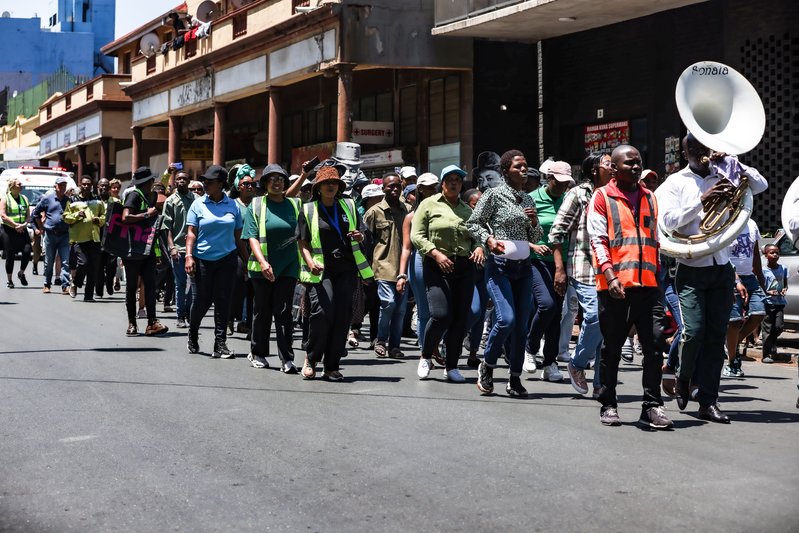
Following the brass band. Some watched with amazed faces through the windows of their apartments along the street. Young and old, white and black, we were all one in this long procession, being marshalled by Metro Police, procession marshals and members of the South African Police Services, who followed behind us in a van. When we reached Albrecht Street, the procession turned eastward till we reached Marshall Street.
The procession continued till the famous Mai Mai traditional market was on our left. From this point, the brass band by now followed by a huge crowd turned onto Berea street. Moving towards Arts on Main. At Arts on Main, in a majestic fashion, the procession turned right, as if we were going back to where we had started. They entered the courtyard of Arts on Main instead, that is next to Kentridge’s studio. There was then a finale performance by the brass band, to which there was a rapturous response by the by now energised crowd.
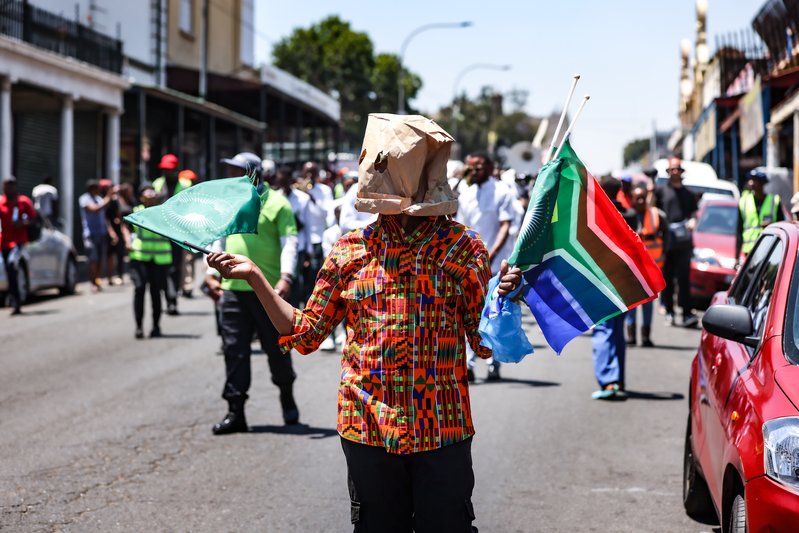
“Now we have reached the end of our performance, but inside The Centre, there are more shows.” The leader of the band announced. Some of the crowd dispersed, exiting the hub in the same way we had entered. Probably heading back into the hostels where they were bound to share the experience of a lovely afternoon of good music and good company in Maboneng. Others however got into The Centre. Probably to investigate what shows they would want to attend. I joined that crowd. Found myself briefly watching two shows in rehearsal before I explored further The Centre.
I also had an opportunity to visit the Lounge which I found hosting a multi-media exhibition, an installation and screening a documentary. All these are showcasing salient moments of the process of creating productions at The Centre. The multi-media exhibition’s scope is confined to the first five Seasons of a series of productions that have taken place at The Centre after its inception in 2016. The photographic exhibition is by The Centre’s resident photographer Matangi. He has beautifully photographically captured those prominent moments during The Centre’s evolution. The exhibitio0n is aptly titled Moments of Making ‘’a retrospective exhibition, installation and documentary screening reflecting on five Seasons of the collaborative, experimental and interdisciplinary work at The Centre for Less Good Idea.”
The procession itself is curiously called No Man’s Land. I did however not have enough time to ask the curators the idea behind this clearly provocative title.
“Taking performances out of the theatre into the public spaces of Maboneng and its surrounds has been central to The Centre for Less Good Idea’s ways of working since its inaugural season,” The Centre states.
And indeed on Sunday, we were given a taste of what happens when art experience is democratised. Spreading the experience from elite spaces such as theatres where only those who can afford the ticket can enjoy, while leaving the poor behind. Following this procession, it reminded me of a time when the City of Johannesburg used to host the annual carnival. That carnival which has since mysteriously disappeared, saw a procession on New Year’s Eve move into marginalised spaces such as Hillbrow, ending up in Newtown at Mary Fitzgerald Square.
The carnival procession was always followed by hordes of people who would not dream of affording a theatre ticket. That carnival was so successful that experts even concluded that it mitigated against the destructive behaviour of communities in these inner city marginalised flatlands such as Hillbrow, who developed the bad habit of throwing out beds and other housed holds goods throw windows, endangering the lives of people in the streets on New Year’s Eve. This was strangely done in the name of celebrating the arrival of a new year.
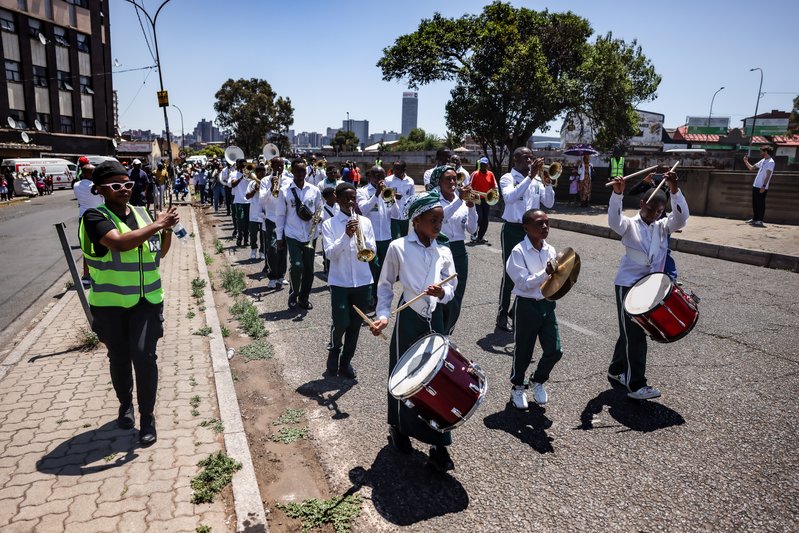
Clearly this year’s Season 10 which also included theatrical productions, music concerts, dance and discussions, has solidified the space of Arts on Main as a vibrant cultural hub in Johannesburg CBD.
“Season 10 is both a reflection on, and a celebration of the journey that The Centre has taken since its inception in 2016. The Season features a combination of new performances, incubated at The Centre, and revisiting some of the approaches that have come to define its key processes, methodologies, and ways of working over the years,” The Centre states in its programme for this year.
Indeed this year’s programme was as inclusive as possible, featuring over 60 artists in total, who were invited to participate.
“The artists invited into the Season are those who have influenced The Centre deeply, but who have also been influenced by The Centre, co-developing the particular methodologies and strategies that have become seminal to the Centre’s Growth as an organisation,” explains The Centre about how the artists participating this year were chosen.










